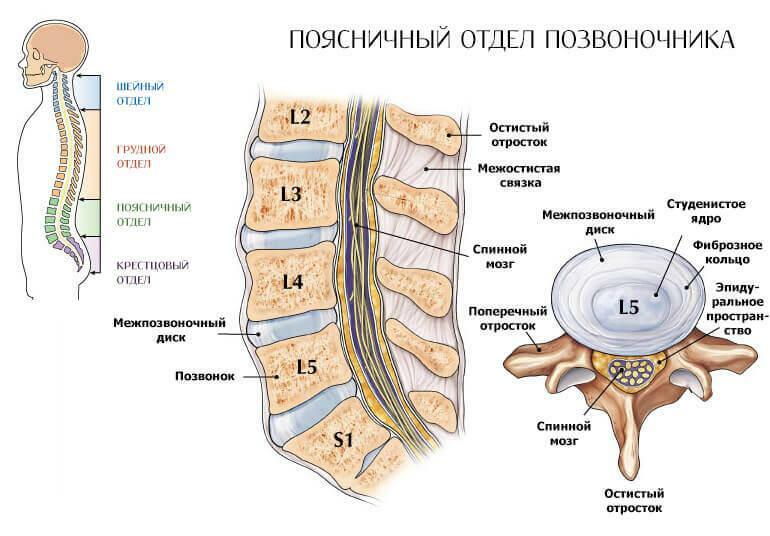The vertebral column consists of a series of vertebrae with disks disposed between them. Thanks to the latter provides amortization and mobility of the spine. The structure of the intervertebral disc itself includes an inner core and an outer ring. When the latter breaks, some part of the nucleus leaves the spinal canal. This leads to the formation of formations known as hernias.
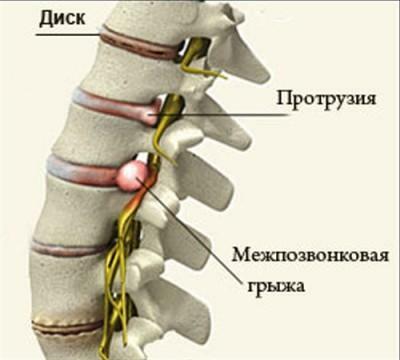
Intervertebral hernia
Next, you are invited to read information about methods of treatment of intervertebral hernias and important accompanying nuances.
Content of material
- 1 Need for treatment of the intervertebral hernia
- 2 When should I see a doctor?
- 3 Procedure for diagnosis of the intervertebral hernia
- 4 The main methods of treatment
- 4.1 Medications
- 4.2 Medication blockades
- 4.3 Operation
- 5 Alternative treatment
- 5.1 Video - Intervertebral hernia as treated
Need for treatment of the intervertebral hernia
The presence of a hernia is not yet 100%indications for its treatment. If the formation does not exert pressure on the nerve roots and does not provoke the appearance of other complications, the need for medical treatment may be absent.
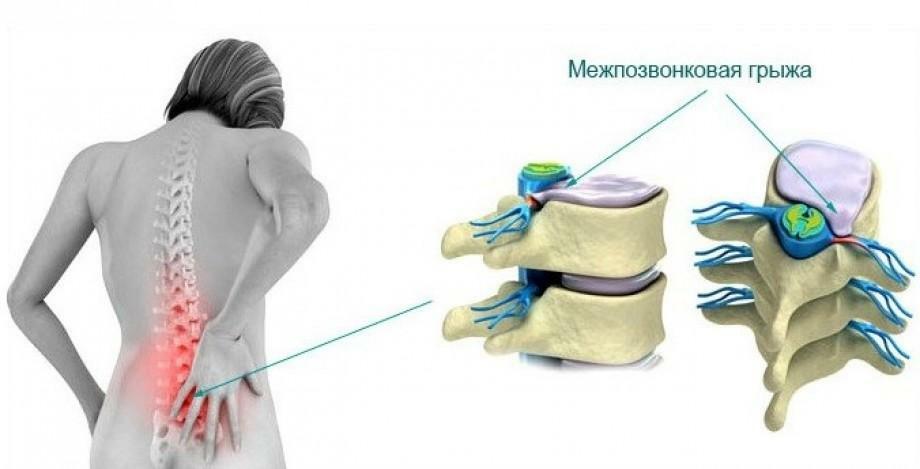
Intervertebral hernia
Along with this, in accordance with the average statistical data, in more than 80% of cases the intervertebral hernia causes very severe pain and a number of other adverse manifestations. In such circumstances, without conservative or even surgical treatment will not work.
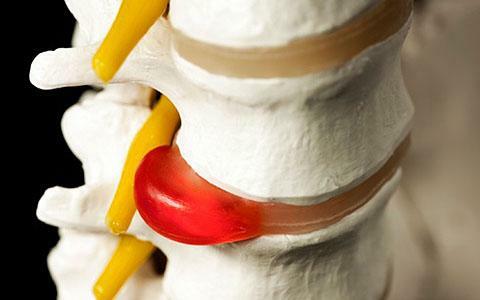
Hernia is treated with medications and surgically by
. In all circumstances, all kinds of adverse changes in the state of health should be the reason for contacting a doctor. Left unattended hernia can give a number of complications, provoking the emergence of irreversible pathologies of nerve structures with subsequent weakening or even paralysis of the limbs, a violation of the functions of internal organs, etc.

Contact your doctor for treatment of a hernia
When should I see a doctor?
First of all, an appointment with a doctor should be recorded when there is pain in the back area. These can appear for various reasons and often often indicate overfatigue, rather than pathology, but it will not hurt to be reinsured.

Back pain and overfatigue indicate the need to see a doctor
Especially alarming should be the pain that gives to the lower limbs, increasing during movements( worse - at rest), coughing, etc.
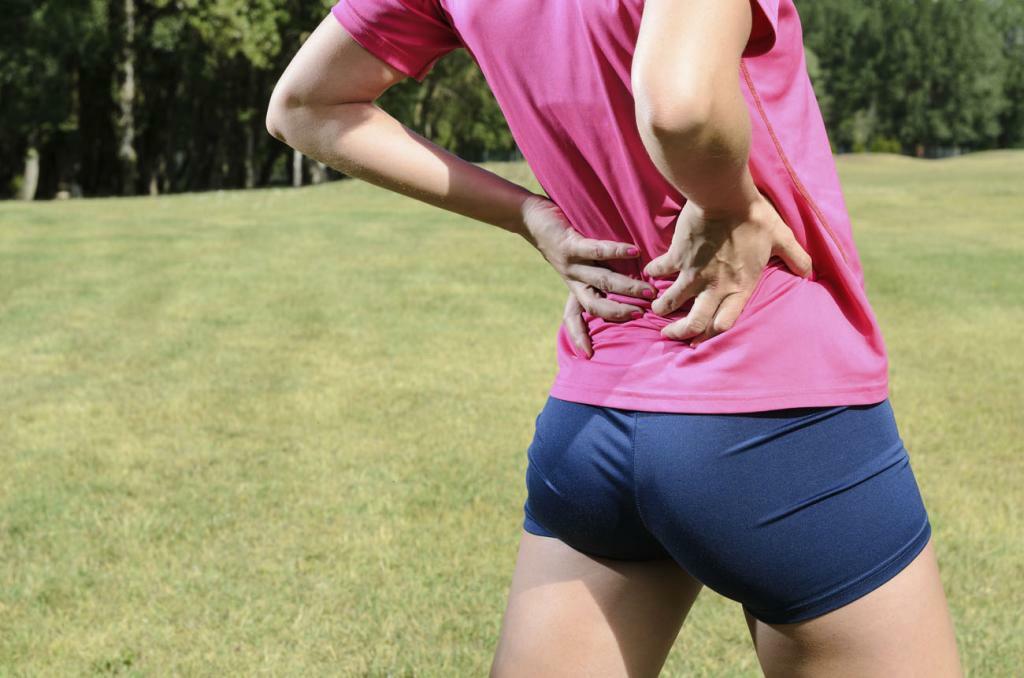
Especially dangerous if pain gives
feet Under these circumstances, the doctor will prescribe the necessary diagnostic measures to develop the most effective treatment program for a particular patient.
The reason for an immediate visit to the doctor should be the following symptoms and signs:
- loss of control over the processes of urination and defecation;
- sensation of numbness in the area of the perineum, weakness in the lower limbs and a violation of the sensitivity of those;
- difficulties of self-movement.
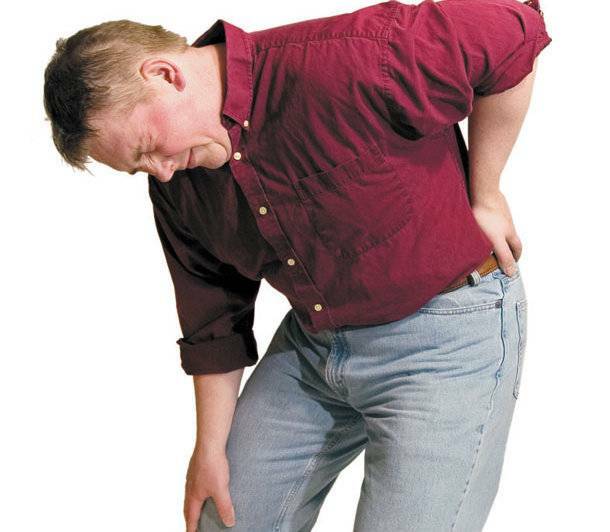
If your legs become numb and it is difficult to move - immediately go to the doctor
If you have any of the above signs, you need to visit a doctor within the next 24 hours. Otherwise, the consequences can be irreversible.
Procedure for diagnosing the intervertebral hernia
To confirm / disprove the presence of an intervertebral hernia, the doctor will hear your complaints and perform a primary examination. Next, appropriate diagnostic measures will be assigned in the complex or selectively. About them in the table.
Table. Methods for diagnosing intervertebral hernias
| Methods | Features |
|---|---|
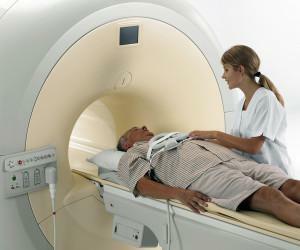 MRI | One of the most effective diagnostic methods among all available today. Allows you to obtain a comprehensive, comprehensive and maximally deep understanding of the existing pathology. |
 CT | Allows you to evaluate the condition of bone tissue, but, unlike the above method, does not provide any information about soft tissues. |
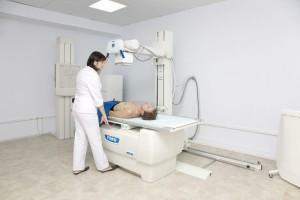 Radiography | With the widespread use of the above methods, it has ceased to be relevant, but in some cases its application is still used. Allows you to quickly and relatively inexpensively assess the state of bone structures, identify existing fractures, arthritis, etc. |
 Electroneuromyography | Designed to evaluate the rate at which electrical impulses pass through the nerves. If there are damages, compressions and other effects on the nerves, the results of electroneurography will help to understand where the pathology is localized - in this area the impulses will slow down. |
The basic methods of treatment
To the treatment of the intervertebral hernia are suitable in a complex. Having evaluated the patient's condition, the doctor will understand whether there will be enough methods of conservative treatment for this particular case, or whether surgical intervention should be resorted to.
Medications
As a rule, resort to the comprehensive use of anti-inflammatory drugs on non-steroidal basis, analgesics, and muscle relaxants to relieve tension from the muscles.
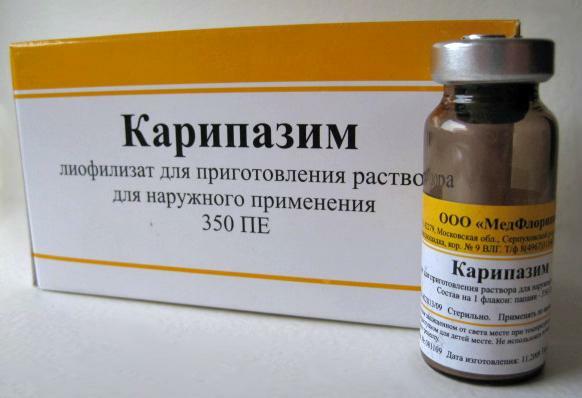
The new drug Karipazim, developed for the treatment of all kinds of intervertebral hernias, osteochondrosis, arthritis and arthrosis
Specific drugs and their application schemes are selected by the doctor individually for the patient - this depends on the severity of unfavorable sensations and the overall condition of the patient.
Drug blockade

Blockade with hernia
If surgery is not appropriate at this stage, and conventional medications do not help relieve pain, the doctor may recommend a special epidural blockade. To conduct this, hormone-based drugs are usually used.
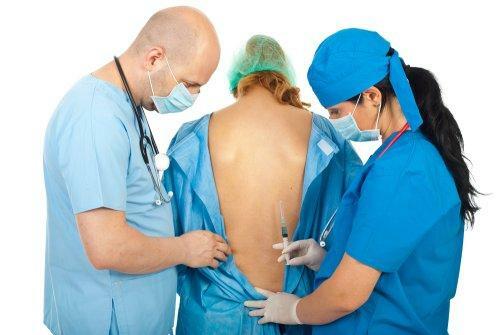
Epidural Novocaine Blockade
The procedure is rather complicated in its implementation. For its successful implementation, the doctor must have the appropriate qualifications and necessary experience. To minimize risks, the blockade is done under the control of ultrasound.
The procedure is as follows: with the help of a special needle the doctor introduces the necessary drugs into the localization of pathology. Preliminary, as a rule, local anesthesia is performed. In total, the procedure takes up to 10-30 minutes. Already after 2-3 hours( provided there are no complications and uncharacteristic reactions), the patient is allowed to go home.
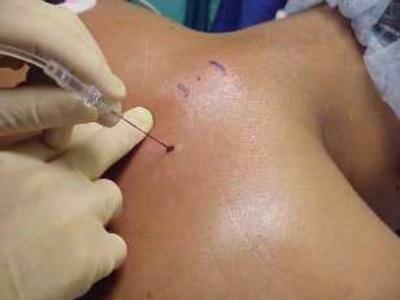
Blockade in hernia of the spine
The blockade is characterized by very fast action, good duration and high efficiency.
Operation
If you can not get rid of the pain by using medication, blockade, or hernia, while putting pressure on the nerve roots, which can potentially provoke many serious complications, the doctor will prescribe an operation. Statistics show that every tenth patient with an intervertebral hernia needs an average of a surgical intervention.
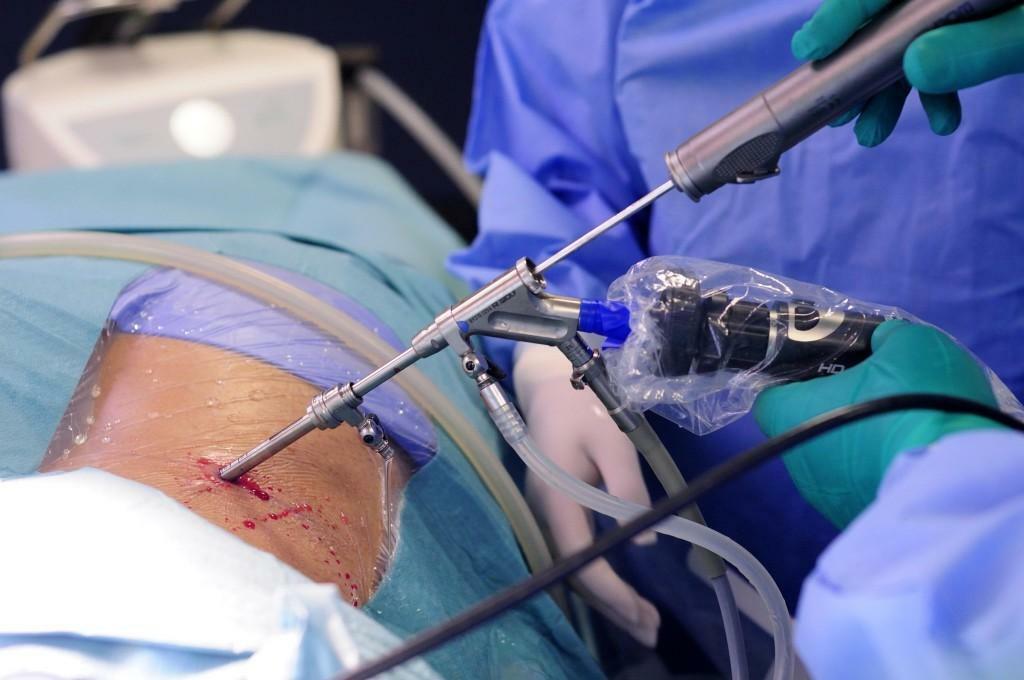
Endoscopic removal of hernia of the spine
The most common method of surgical treatment is microdiscectomy. During its carrying out special microinstruments and a neurosurgical operating microscope are used. This approach allows you to get rid of a hernia without causing significant damage to surrounding tissues, which is especially true if you take into account the close arrangement of the hernia and nerve structures.
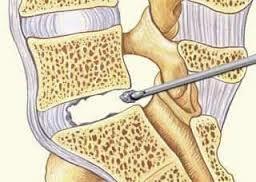
Microdiscectomy
The above operation does not require a long subsequent recovery course. If the patient is okay, he will be allowed to leave home a couple of days after the surgery.
Alternative treatment
There are a number of alternative methods that are often used in combination with the main methods of treatment, increasing their effectiveness, speed and effectiveness. You can find out about the accompanying variants of the impact on the intervertebral hernia in the table.
Table. Alternative therapies for the intervertebral hernia
| Available methods | Key features |
|---|---|
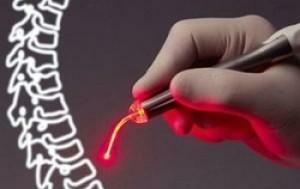 Laser removal | A common method that is used primarily in the absence of proper efficacy of conservative treatment and indications for surgical intervention. |
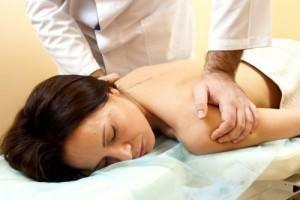 Manual therapeutic effect | Controversial method with ambiguous efficacy and a number of contraindications. The main task is to find a competent manual therapist who can objectively assess the patient's condition and choose an appropriate treatment specifically for his case. With the right approach, it helps to reduce the severity of pain and associated adverse effects. Before the appointment of manual therapy, an MRI is always performed to assess the patient's condition. The presence of all kinds of neoplasms is a strict contraindication to the application of manual therapeutic methods. |
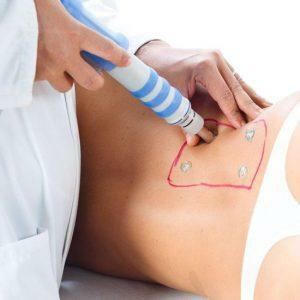 Injection into trigger points | In this case, the painkillers are inserted into trigger points, which allows you to quickly get rid of pain. For frequent use is not suitable - is fraught with a number of complications. |
 Extensions | Can be executed either manually or with the help of special devices and apparatus. Allows to increase the distance between the vertebrae and facilitate the patient's condition. Indications and contraindications are the same as in the case of manual therapy. |
 Corsets and correctors | The need to use these is determined by the treating specialist. As a rule, they are prescribed for children and adolescent patients, whose growth at the time of pathology detection continues to increase. |
 Acupuncture | The inhabitants are more known under the name of acupuncture. By working on special points, the specialist helps the patient to get rid of painful and other unfavorable sensations. |
 Physiotherapy methods | Electrophoresis, ultrasound, various shock techniques and many other variations of physiotherapeutic effects. In the case of specifically with the intervertebral hernia, the effectiveness of these is often questioned. Along with this, many physicians prescribe physiotherapy as an effective supplement to the main methods of conservative treatment, which allows increasing the effectiveness of the latter. |
Be Healthy!


